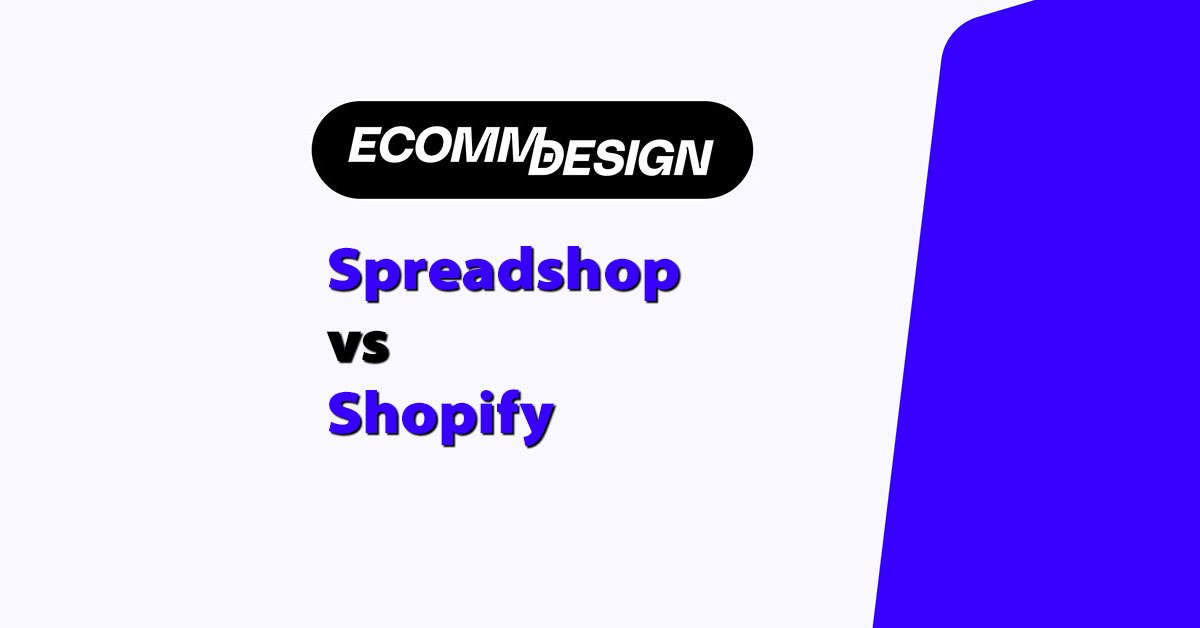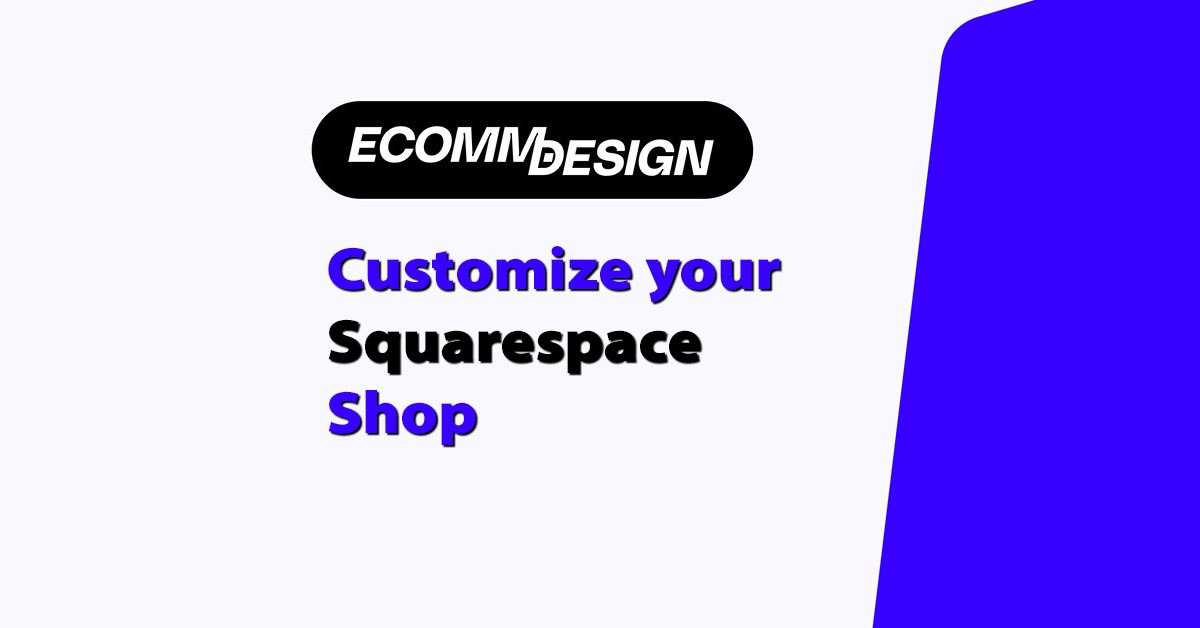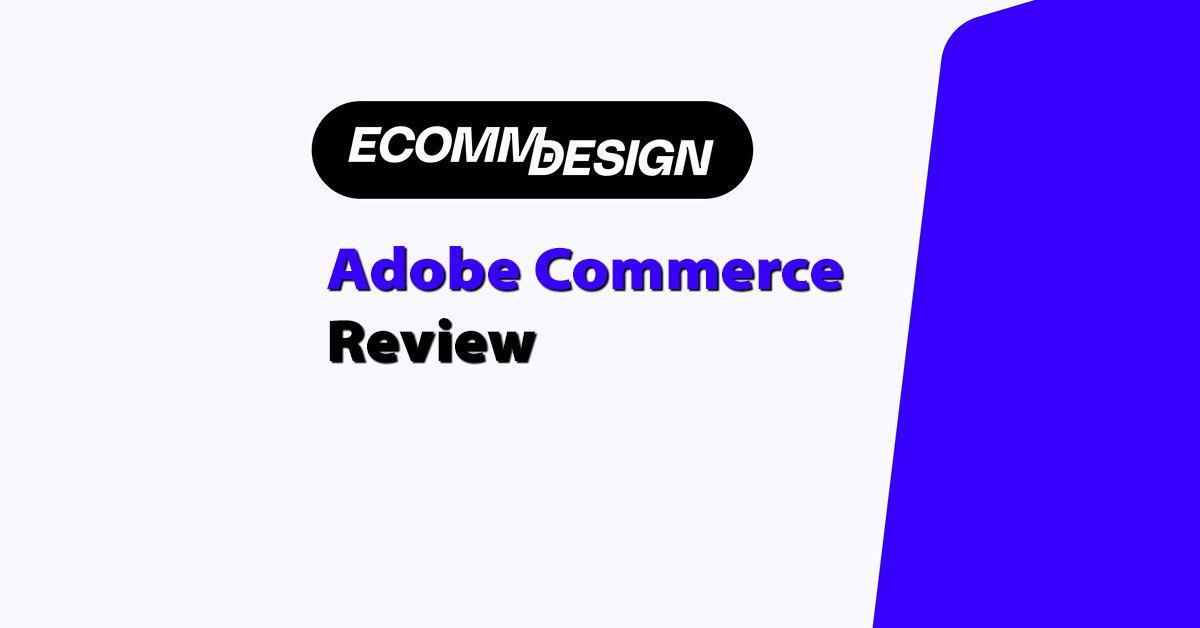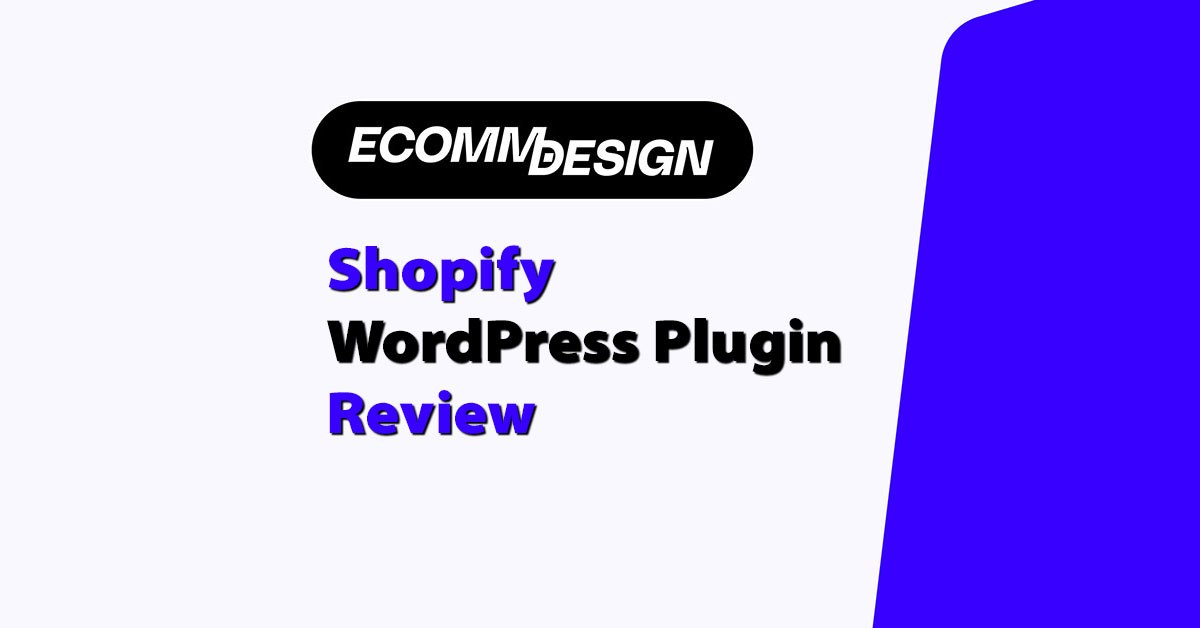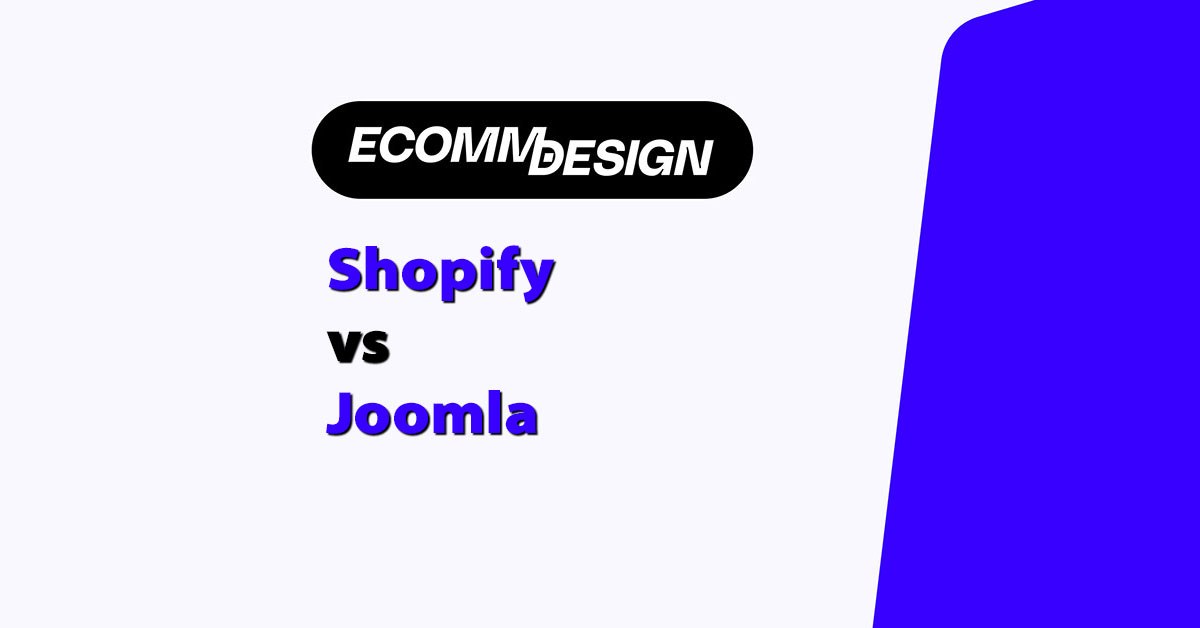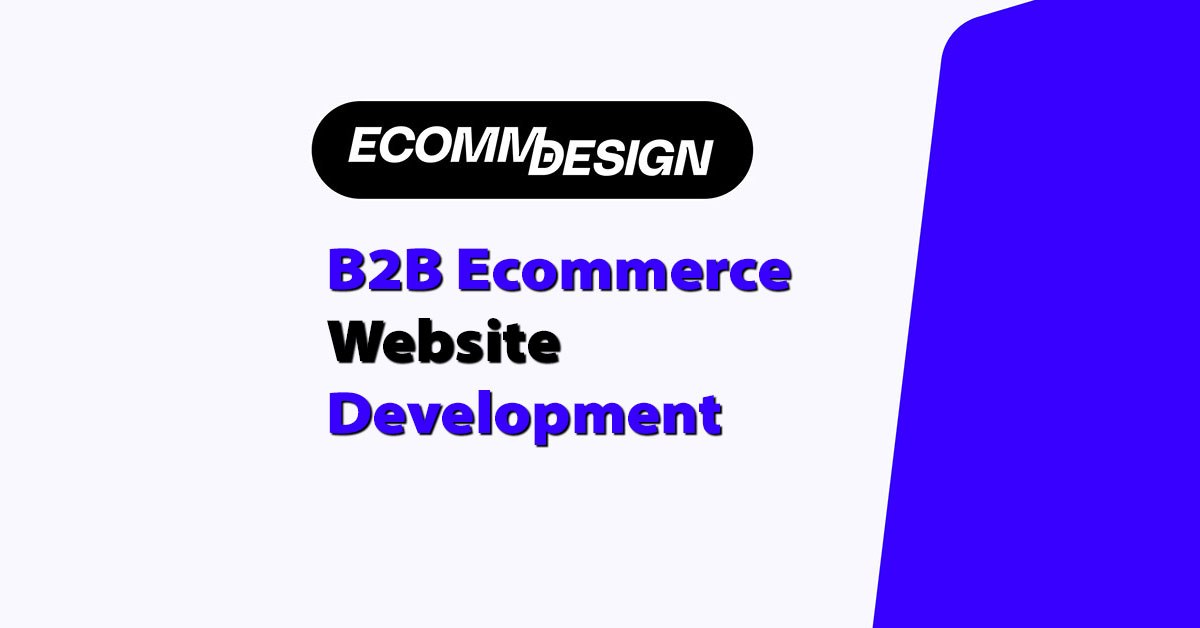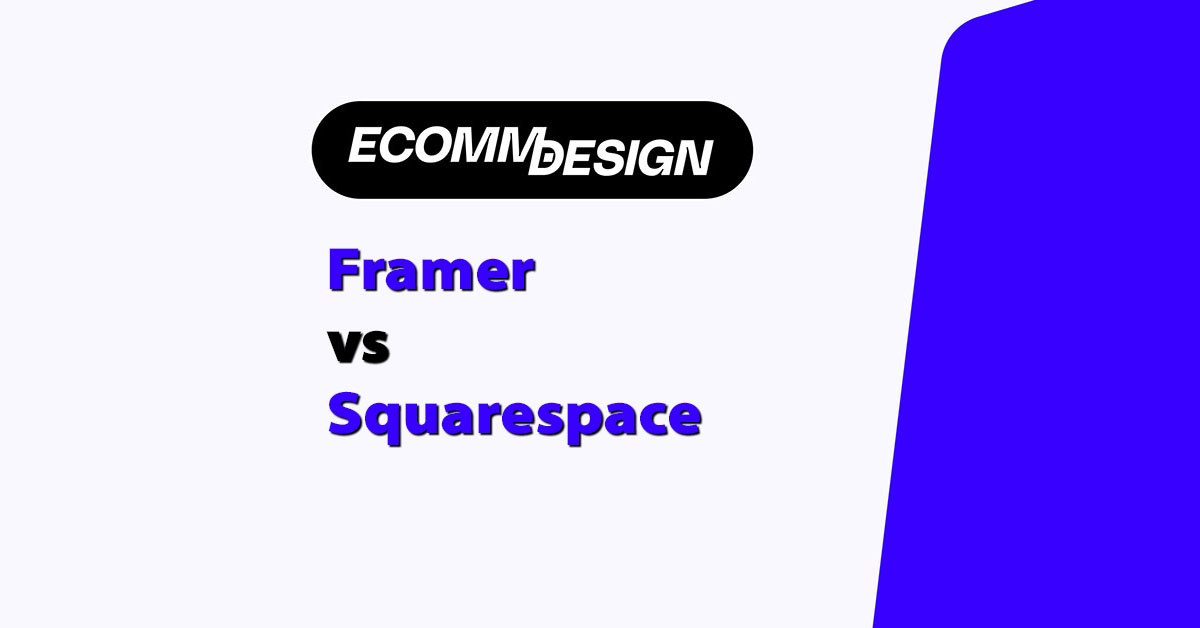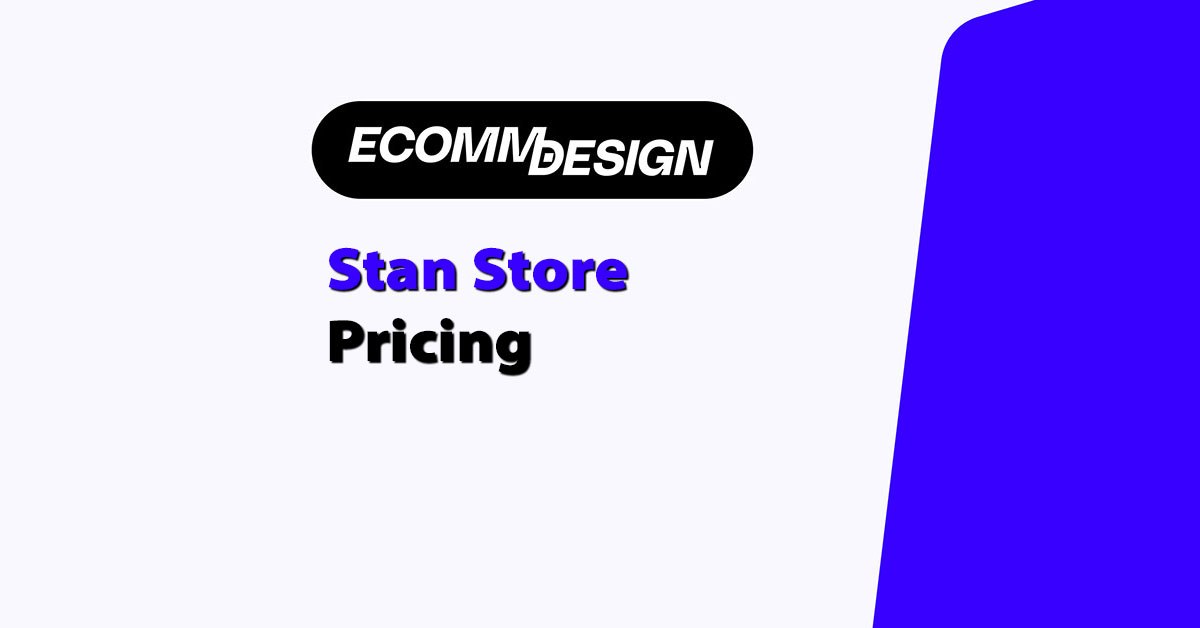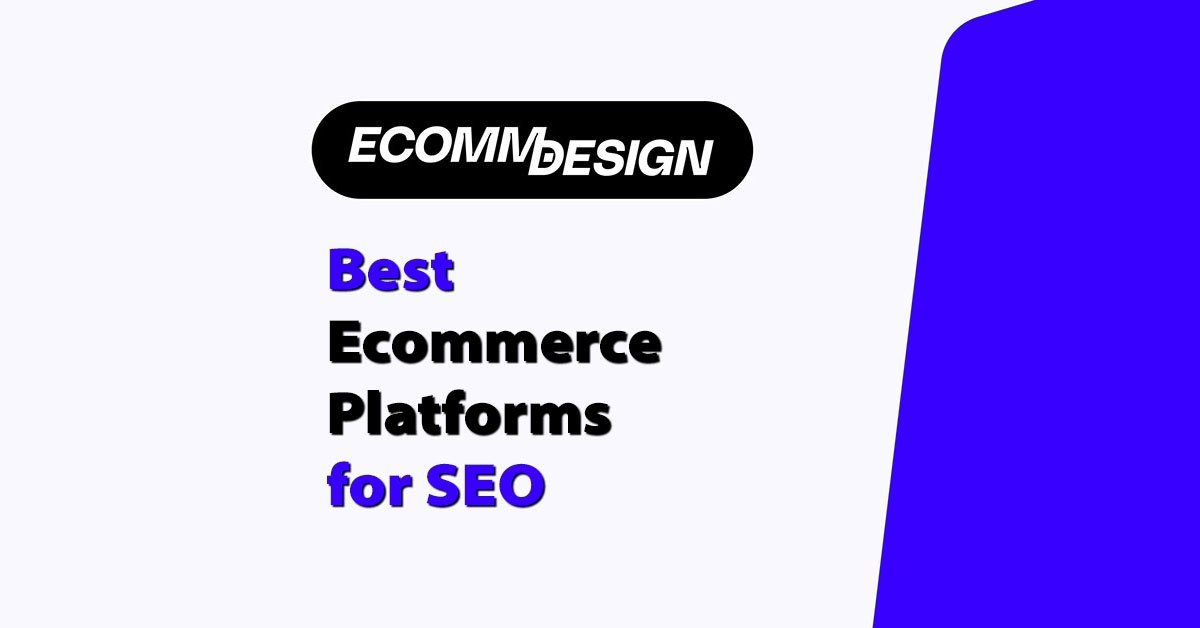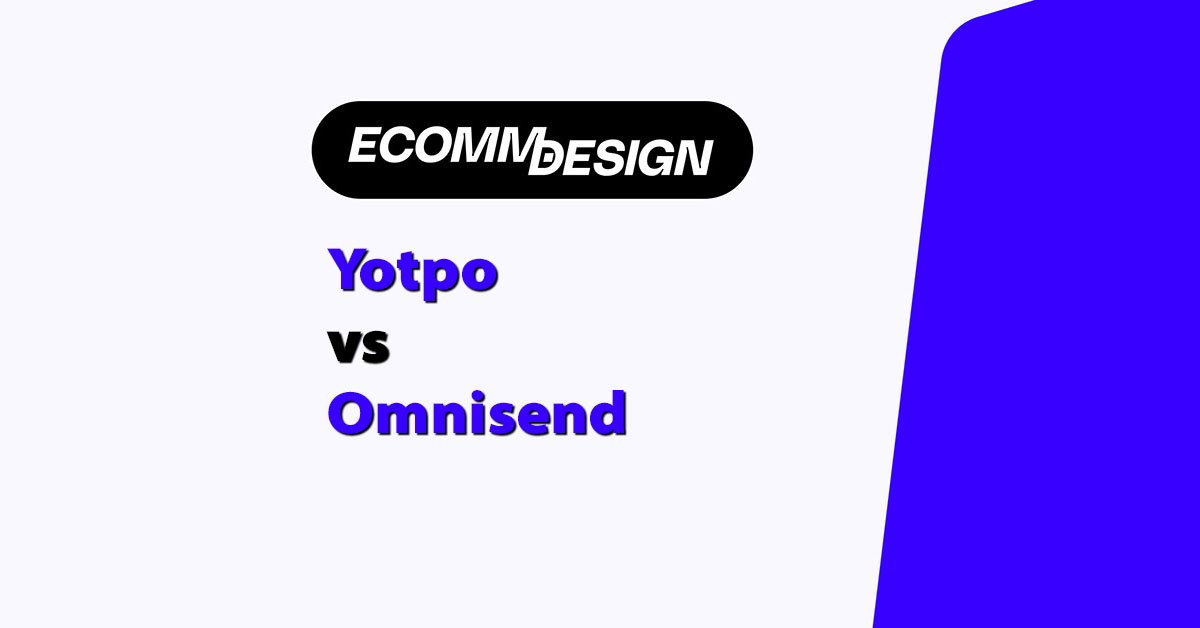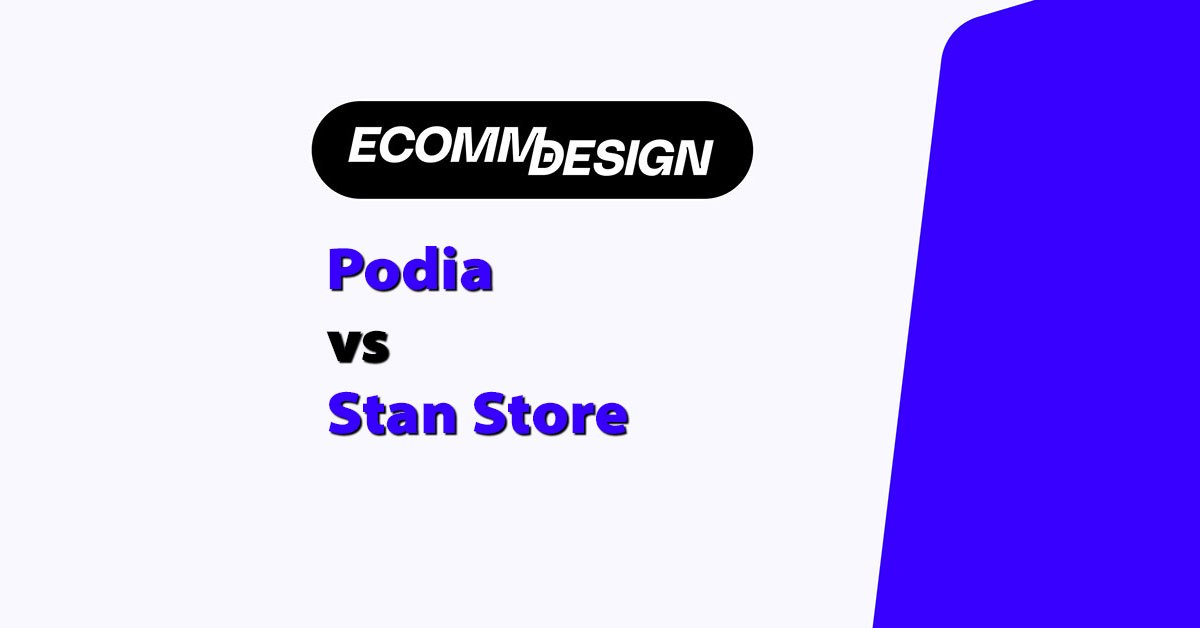One product. One offer. One goal.
That’s the approach thousands of ecommerce brands are taking with their Shopify stores — and for good reason. One-product stores can be easier to scale, simpler to market, and faster to launch.
But making a single-product store succeed takes more than just removing the extra items from your catalog.
It takes smart design, strategic positioning, and an ultra-clear user experience.
In this article, we’ll break down the best one product Shopify store examples that nail both performance and design — plus what makes them work, and how you can apply those lessons to your own store.
